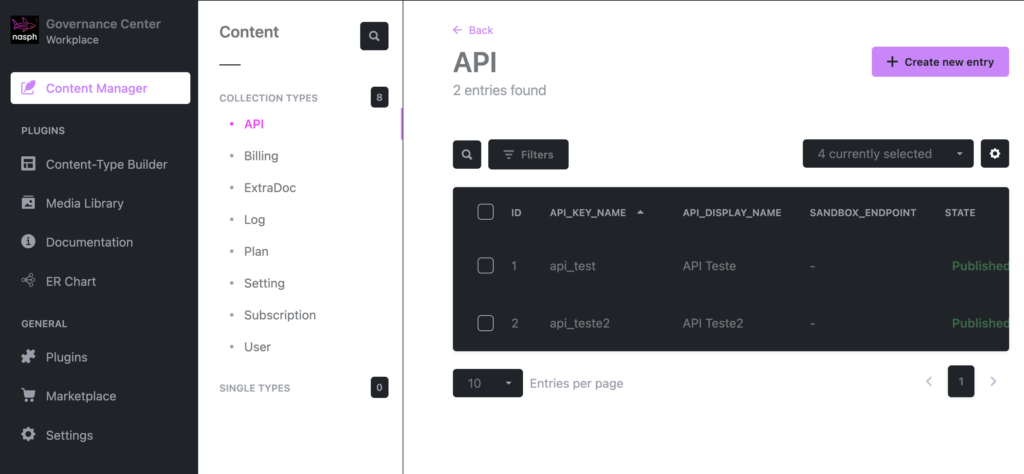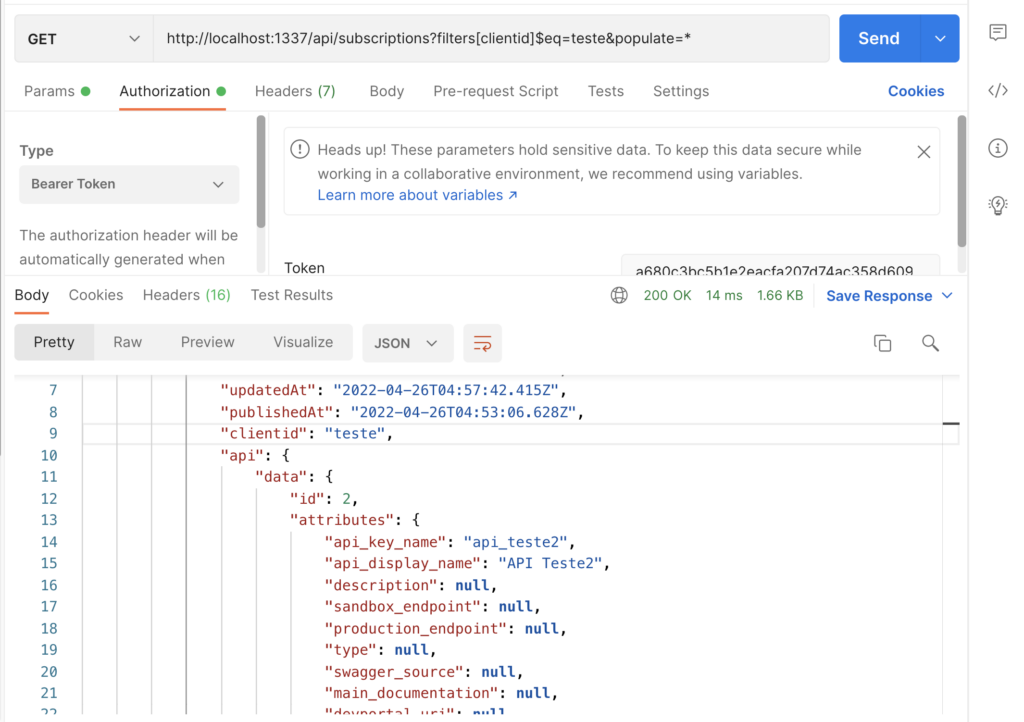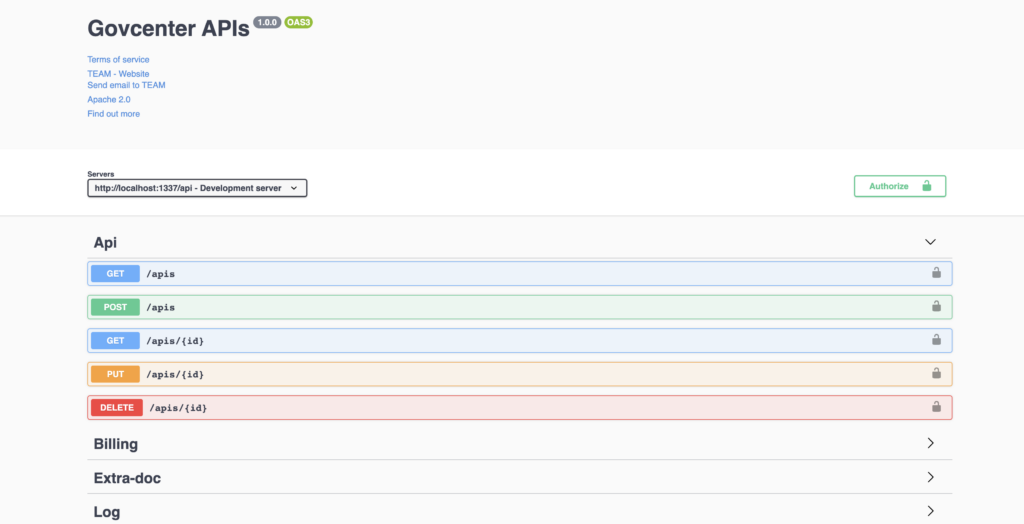For Nasph API Manager, we have been thinking in deliver a very solid solution, that can be able to cover many challenges regarding the API initiatives. One of those key area is the Governance, it means: How your company have been managing your assets? This is the post, where we will be covering our module: Nasph Governance Center (NGC).
Definition of governance: the act or process of governing or overseeing the control and direction of something – https://www.merriam-webster.com/dictionary/governance
We do believe that in the digital era, every company should handle their codes, docs, components and for sure their APIs as Assets. The companies are used to manage their physical assets, such as a tables, tv, chairs, laptops etc, however for decades we have been neglecting this perspective of taking care about the digital assets that we are producing and how to reuse them. We strongly believe that for a successful API initiative , we must have in mind the whole ecosystem of assets around us, how we can catalog them, and the most important: reuse them.
 When we started to design the Governance Center, we have so many options ahead of us, but our main criteria to define the solution architecture was: Flexibility and resilience, not for just getting a ride in two very commons adjectives from nowadays, rather, we invested a lot in PoCs and PoVs to reach our ideal solution.
When we started to design the Governance Center, we have so many options ahead of us, but our main criteria to define the solution architecture was: Flexibility and resilience, not for just getting a ride in two very commons adjectives from nowadays, rather, we invested a lot in PoCs and PoVs to reach our ideal solution.
As we have been working with many open source solutions, we decided to adopt the well-known project Strapi. For most of people, they they classify it as a CMS (Content Management System), maybe something like Drupal, WordPress are options that come to your mind, but extremely different from them, Strapi allow you take care just about content (which for us we call it as an Asset), and then you can simply create anything you want. Once Strapi is intended to take care about the contents (assets), you can create the most sophisticated frontends using your preferred framework (React, Vue.js, Angular etc), and then to present the information coming from these contents. That is the Strapi’s main goal .
govcenter – Initial Assets
We have defined some initial assets, the minimum ones in order to help us to drive the experience around our API Manager. When we think about our DevPortal, or even some enterprise components such as the API Billing, we have the assets that enable to discover and manage everything around the APIs.

Those initial assets (contents), you have the freedom to change, add or even remove any field in the specific asset, or even create a new one from scratch.
Everything we breath is based on APIs
If you are still in doubt about the capacities that Governance Centers offers, let us show you an example:
Q) Imagine that you have an asset called Subscription, and you would like to see them?
A) For every asset (content), Govcenter expose an API with the CRUD capacity, these APIs are able to not only return their own data, but also the other assets that they might be related with.


Where in the API Manager Architecture are we using Nash Governance Center?
We have some components that consumes data from the Governance Center, some that we can list:
- API Dev & Doc Portal – We can pull API information right from Governance Center
- API Admin App – The Subscribers can see the API Catalog, to do their subscriptions, and manage their information.
- API Billing – The enterprise billing component uses the whole information from the Govcenter in order to know what to bill, the remaining number of requests for trial plans etc.
- Many more
Last not Least
We encourage you to take a look in Nasph Governance Center, and think about the whole improvement in the 360.o View you can have from your organization, your assets, and how they are being reused across the whole team.